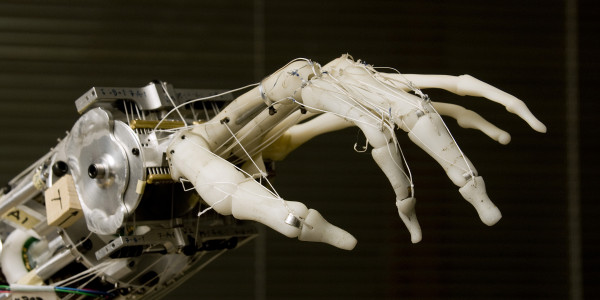Prosthetics have been around for thousands of years. Researchers in Egypt found a 3,000 year-old artificial toe attached to a mummified foot. The discovery itself was remarkable – the toe is the oldest documented record of humans using artificial body parts – however the toe itself is fairly dull.
The Egyptian toe was carved out of wood and attached to the foot with leather strapping. While you can admire the ingenuity, and craftsmanship of the whittled toe, it is still very much a crude, and purely cosmetic, use of a prosthetic.
There have been some incredible advancements since the days of toes made of wood and leather. Some of the most recent, and most important, advancements have been made possible by versatile servomotors.
Up until recently, prosthetics have been fairly limited. Let’s say you are in need of a prosthetic hand. 3,000 years ago, you could probably get one that was made out of wood, but you couldn’t use it to pick up a cup. 20 years ago, you could get a realistic prosthetic hand made from flesh tone painted silicone, with an articulated wrist maybe… but you still wouldn’t be able to pick up a cup. For thousands of years, many prosthetic limbs were cosmetic rather than functional.
Obviously, there are exceptions. Prosthetic legs have been functional since the times when they were little more than pegs. However, prosthetics that require movement have been little more than decorative until the past few years. Servomotors are now being used to allow movement in prosthetic body parts.
Researchers have taken the same servos that allow automation in manufacturing, and have applied them to prosthetics. There are now prosthetic hands with built in servomotors that are capable of picking up a cup. It’s pretty remarkable when you consider how long many prosthetic body parts have been around, yet haven’t really advanced. However, servos are making advancements possible, specifically in regard to functionality.
Are your Indramat servos in need of a little support, in regard to functionality? We can help.



